This was what it was like to see Earth from space in color for the first time.
Category: space – Page 987
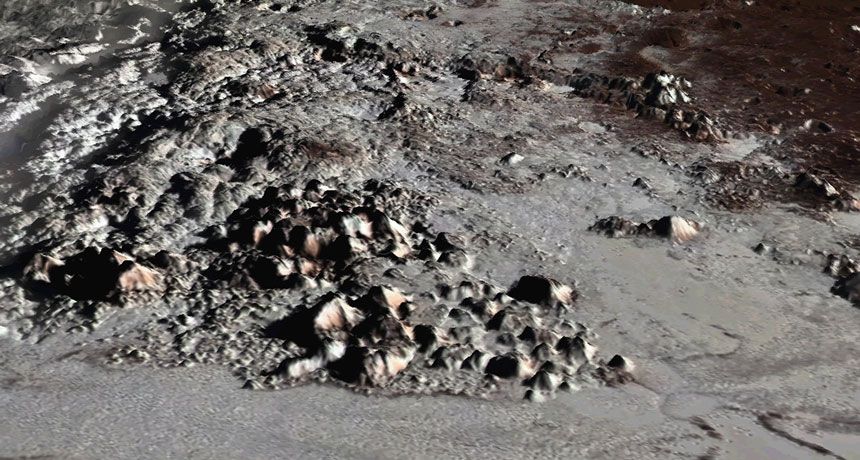
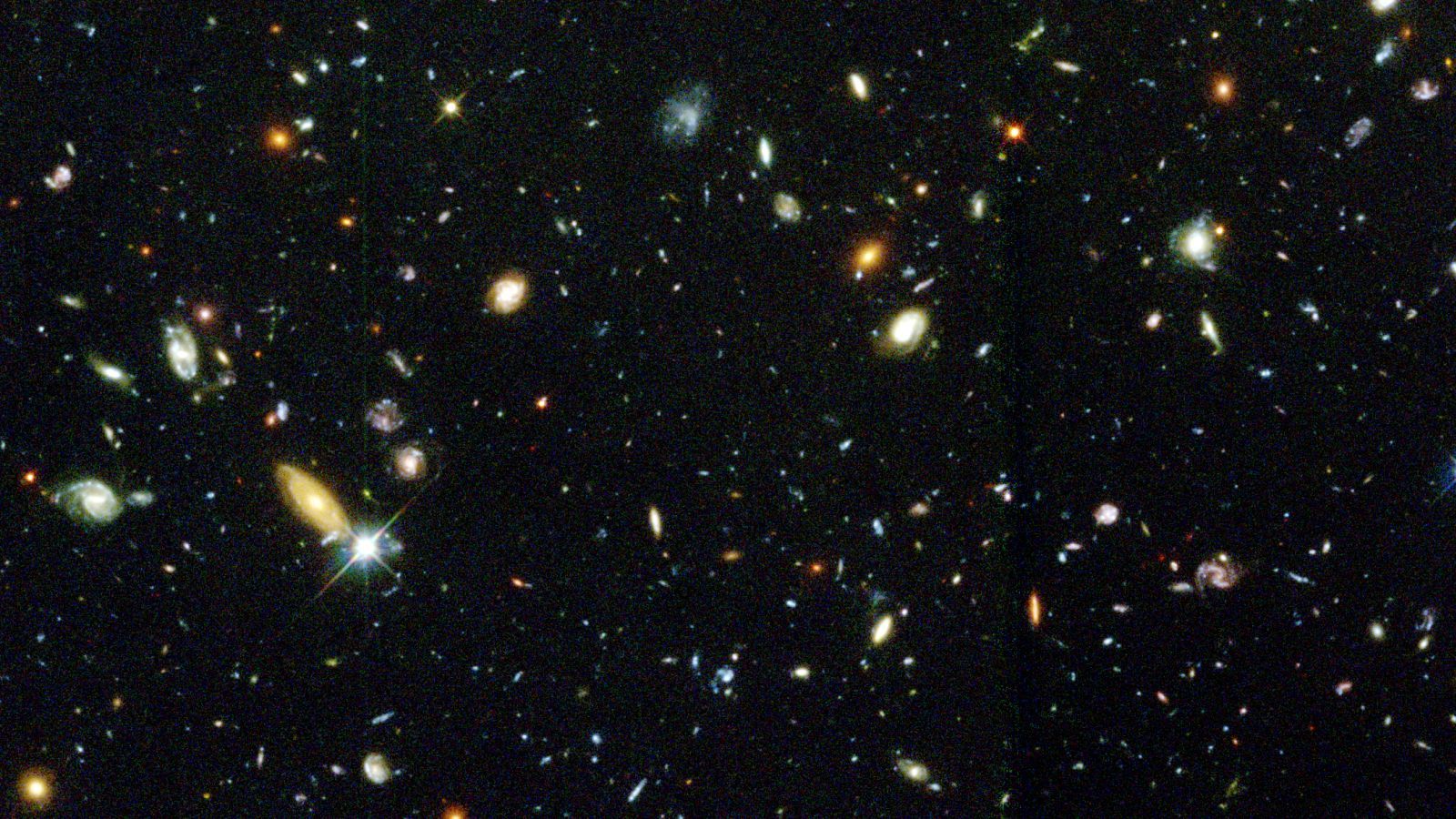
Can We Measure Our Own Galaxy Speeding Through Space?
You’re probably sitting still, right? Wrong, absolutely wrong. Not only are you on a spinning orb, but you’re also traveling around 70,000 miles per hour around a star, in a galaxy that, observations imply, is sailing through space at over a million miles per hour.
If the above numbers seem shocking, they shouldn’t be. The laws of physics look and feel the same for any object so long as it’s not accelerating, the way you can’t feel that a car is traveling at a steady 60 miles per hour unless you look out the window. But that also makes our galactic speed hard to measure from here on Earth. The million-plus mile per hour number is based on measurements of how the most distant objects in the Universe appear to move in comparison to us, but scientists want to try to measure our acceleration by looking at more nearby objects.

NASA Will Pay You $100,000 To Stay In Bed For 60 Days!
Wouldn’t you just love to carry on sleeping on a Monday morning without having to submit to the Monday morning blues and get ready for work? What type of heaven would you envisage if you were paid to stay in bed; it would be a glorious one wouldn’t it? If only it were possible!!! But!! Hold it right there, don’t be disappointed because what if we told you it is possible!! You can get paid a huge sum of money just staying in bed for two whole months and by you know who?? NASA no less!!!
Yes the American space agency NASA is paying $100,000 to stay in bed for 60 days. Find out why and if it is really too good to be true.
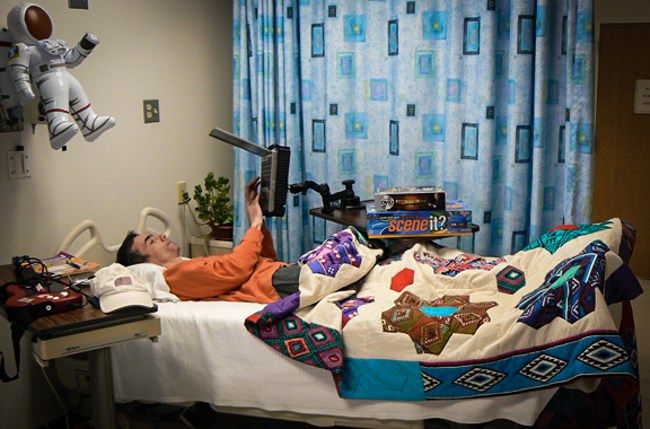
The first artificial intelligence in space
CIMON says: take me to space! 🚀.
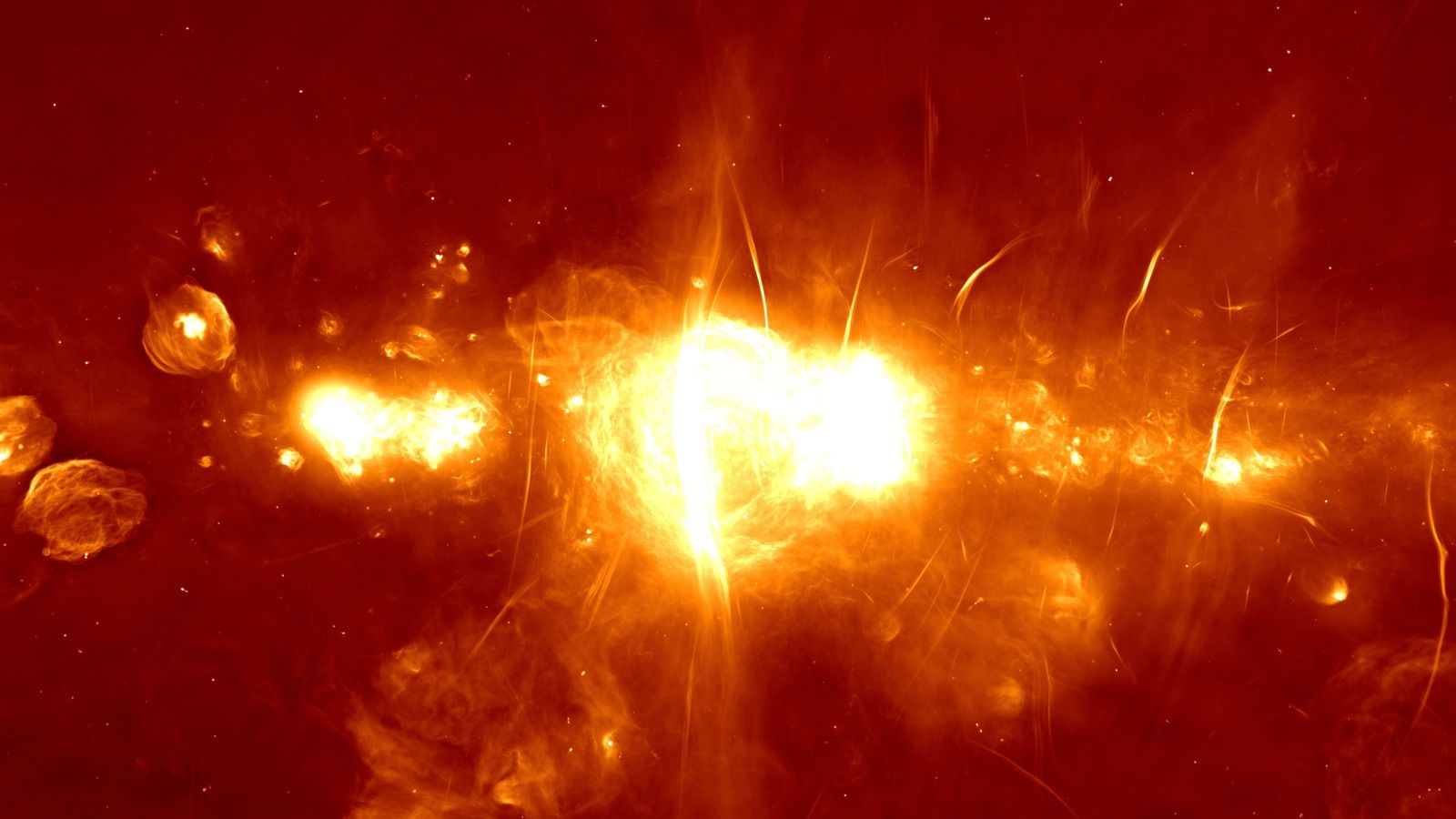
New South African Telescope Releases Epic Image of the Galactic Center
You’re looking at the center of our galactic home, the Milky Way, as imaged by 64 radio telescopes in the South African wilderness.
Scientists released this image today to inaugurate the completed MeerKAT radio telescope. But these scopes form part of an even more ambitious project: the Square Kilometer Array, a joint effort to build the world’s largest telescope, spanning the continents of Africa and Australia.

Astronomers Discover A Planetary Impact Outside Our Own Solar System
In a study published in the latest issue of Science, astronomers led by graduate student Huan Meng, of the University of Arizona in Tucson, announced the discovery of remains of a mammoth planetary collision.
The team made its observations using NASA’s Spitzer Space Telescope and several different ground-based instruments. The collision occurred between two planets orbiting a sunlike star called NGC-2547 ID8, which lies about 1,140 light-years from the earth. The star is a young one, with a system of planets still in the process of formation. The collision, which may have occurred as recently as two years ago, left a ring of dust and debris circling the star.
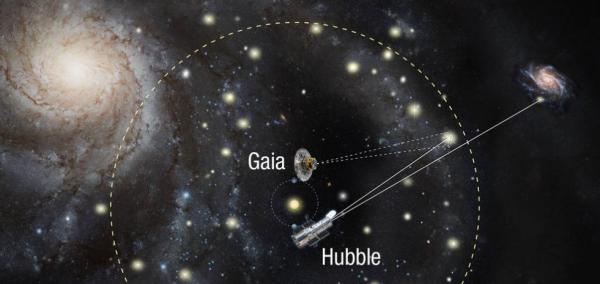
Hubble, Gaia produce most precise measure of universe’s expansion rate
July 12 (UPI) — By combining the observations of the two most powerful space telescopes in orbit, scientists have achieved the most precise measurement of the Hubble constant, the universe’s expansion rate.
The new measurement confirms the tension between explosion rate in the early and late universe, researchers report.
Astronomers can measure the expansion of the universe by measuring a galaxy’s redshift, a change in the wavelength of the light due to a change in the velocity of the object. By measuring the redshift of galaxies using the Hubble Telescope, scientists have established the Hubble constant.
These solar arrays fold up like origami flowers
Sending stuff up to space is no easy task — even 45 years after Apollo 11. Size, weight, and cost are all massively important, so some researchers are turning to advanced origami to fold up solar arrays. The result of their two years’ worth of work is a solar array with a diameter of just 8.9 feet (2.7 meters) when folded and a massive 82 feet (25 meters) when unfurled. A 1/20th scale model of the array is what you see here.
To build the solar array, Shannon Zirbel and professor Larry Howell of Brigham Young University, and mechanical engineer Brian Trease of NASA’s Jet Propulsion Laboratory, enlisted the help of renowned origami expert Robert Lang. One of the major difficulties faced by the team is that solar arrays are not as thin as paper. “You have to rethink a lot of that design in order to accommodate the thickness that starts to accumulate with each bend,” Trease said in a press release.